
1.Introduction
Department of Thermal Fower and Automatic Engineering relies on Southwest Jiaotong University to carry out construction work. The project was established in October 2007 and passed the acceptance in August 2011. The lab has a research team composed of professors, researchers and engineers with reasonable structure, well-defined levels and first-class technology. There are currently 59 permanent staff, including 22 senior titles (including professors and researchers), 23 associate senior titles (including associate professors and senior engineers), and 90% of researchers with doctoral degrees. In the past five years, one newly-appointed Changjiang Scholar Professor of the Ministry of Education, one leading talent of the “Ten Thousand Talents Program”, one national candidate for the Million Talents Project, two winners of the National Science Fund for Outstanding Youth, one was selected from the “Young Talents Support Project” and one was selected from the Ministry of Education's Boxin Program, and 8 provincial-level talents including Sichuan Provincial High-level Talents and Sichuan Provincial Outstanding Talents were approved. In the past five years, 10 industry academic conferences have been held and hosted, which has provided a strong supporting role for discipline construction. It has trained 28 doctoral students and 330 master students, and has become an important base for training high-level talents. The center has a complete management system and operating mechanism, and will continue to strengthen the characteristics of rail transit, and build it into a rail transit advanced driving energy-saving technology research and development base and a high-level talent training base widely recognized in China and with a certain international influence. Make contributions to research and strive to become a national engineering center.
2. Research Direction
● Noise、Vibration、Harshness(NVH) (decomposition method of vehicle performance based on human body sound and vibration comfort)
● Vehicle system dynamics and control (chassis dynamic characteristic analysis, active / semi-active suspension control and its matching with the whole vehicle)
● Research and development on key technologies of new energy vehicles (VCU, DCU, BMS/distributed drive, lightweight, system integration)
● Intelligent driving and big data research (big data and engineering database, intelligent driving model and navigation model based on human driving behavior)
3. Characteristics of Research
(1) Noise、Vibration、Harshness(NVH):In order to find out the most important factors that affect the ride comfort, a modeling analysis is carried out for a certain system or assembly of the vehicle. The ride comfort can be improved by improving the vibration condition of the excitation source (amplitude reduction or frequency shift) or controlling the transmission of the vibration and noise of the excitation source to the interior of the vehicle.
(2) Vehicle system dynamics and control: Establish vehicle models and verify them based on vehicle systems dynamic theory and corresponding software systems (including vehicle dynamics models, motor models, battery models, stack models, hydrogen supply models), and develop, establish, co-simulate and optimize vehicle control strategies based on Simulink; Complete vehicle dynamics model and control strategy hardware-in-the-loop verification.
(3) Research and development on key technologies of new energy vehicles: The breakthrough and accumulation of research on distributed intelligent drive control technology for new energy vehicles will help accelerate the industrialization of distributed drive control technology.
4. Key Equipment
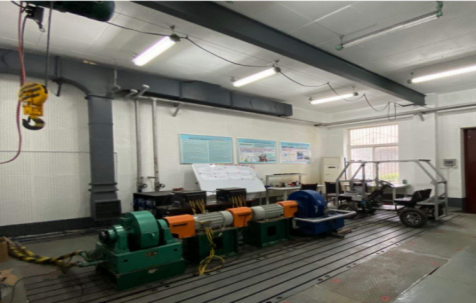
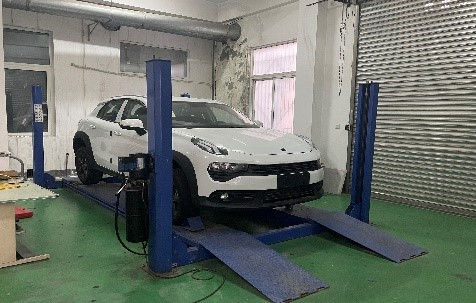
Distributed drive vehicle control test bench Car lifting platform
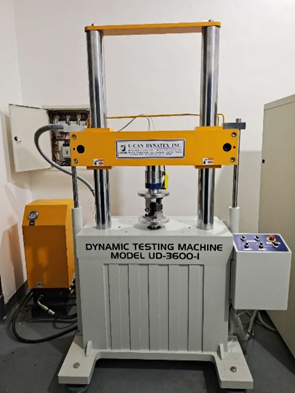
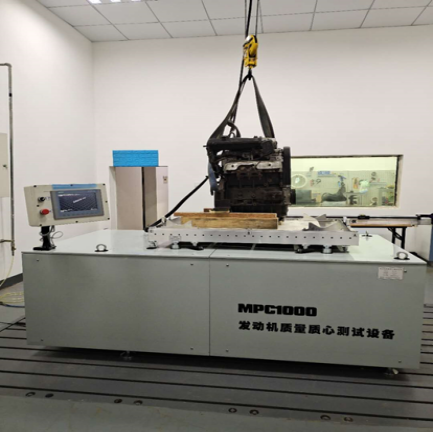
Dynamic and static stiffness and fatigue test bench Moment of inertia test bench
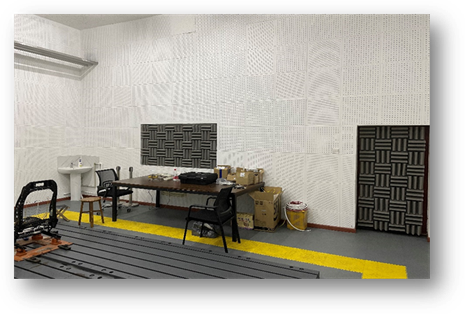
Vehical anechoic room